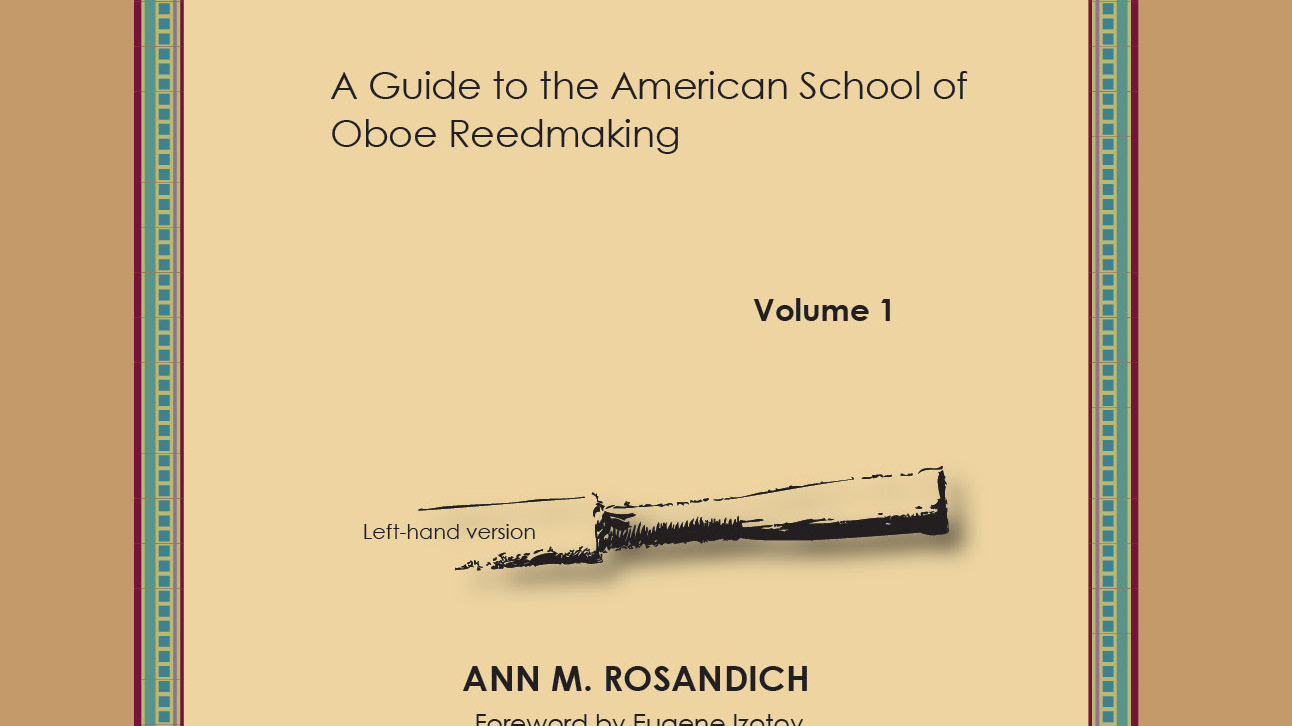Foreword by Eugene Izotov, Principal Oboe at San Francisco Symphony, Professor of Oboe at San Francisco Conservatory of Music, Professor of Oboe at Colburn School, former Principal Oboe Chicago Symphony Orchestra
Table Of Contents, Volume 1
Preface, Volume 1
Preface, Volume 2
List Of Illustrations And Photographs, volume 1
Volume 2, Lesson 9
Lesson 1: Sharpening And Scraping, volume 1
Volume 2, Lesson 10
Lesson 2, Page 85
Volume 2, Lesson 13
Index, Page 222, Volume 1
Volume 2, gouger definitions
Back Cover Illustrated Encyclopedia Of Oboe Reedmaking, Volume 1
Volume 2, index


